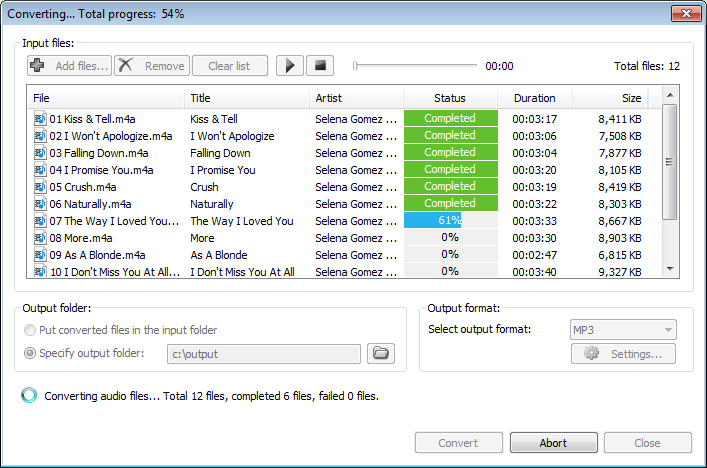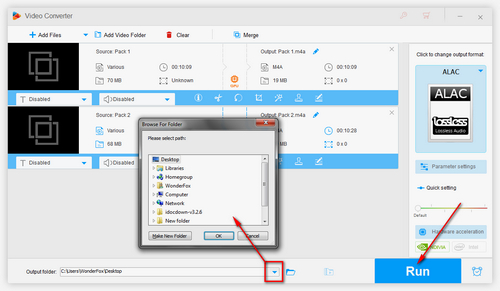

The audio file will be in your timeline in the studio. Luckily, the editing part of this process is about as minimal as you can get. This means that you’re going to want to click on Click to Upload, which will open up a window for you to find your file, select it, and upload it into the editing studio on the website. We assume that since you are working with an M4A file, that it is stored on your computer. You will need to upload your M4A into Kapwing. Head over to Kapwing’s editing studio and you will find the opening page asking you how you want to get started on your project. I recommend using Kapwing to change your M4A to an MP3.

Now, you may be feeling stuck if your file is an M4A and confused as to why there isn’t any built-in method to convert file types on your computer. If you are planning to use a certain audio file, it is your best bet to use that file as an MP3, the most-universally used file types out there. Such is the case with M4A files, which always seem to cause trouble when you try to use them. It’s an incredibly frustrating experience when you have an audio file that you want to use in a project or listening to, and you realize that you can’t play it because it’s the wrong format.


 0 kommentar(er)
0 kommentar(er)
